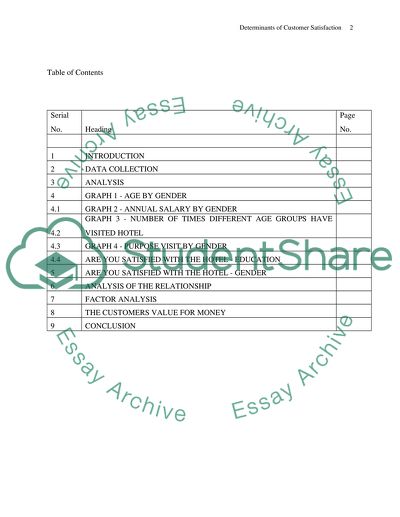Cite this document
(“Determinants of Customer Satisfaction in the Hotel Industry: the Dissertation”, n.d.)
Retrieved from https://studentshare.org/tourism/1430886-determinants-of-customer-satisfaction-in-the-hotel
Retrieved from https://studentshare.org/tourism/1430886-determinants-of-customer-satisfaction-in-the-hotel
(Determinants of Customer Satisfaction in the Hotel Industry: The Dissertation)
https://studentshare.org/tourism/1430886-determinants-of-customer-satisfaction-in-the-hotel.
https://studentshare.org/tourism/1430886-determinants-of-customer-satisfaction-in-the-hotel.
“Determinants of Customer Satisfaction in the Hotel Industry: The Dissertation”, n.d. https://studentshare.org/tourism/1430886-determinants-of-customer-satisfaction-in-the-hotel.


